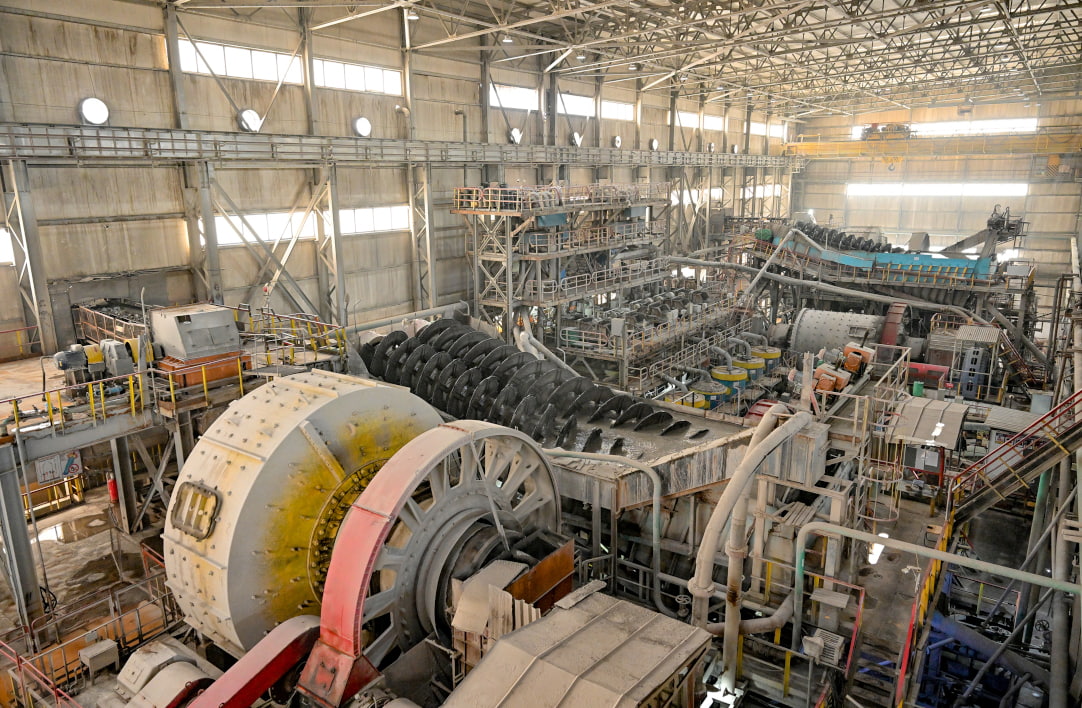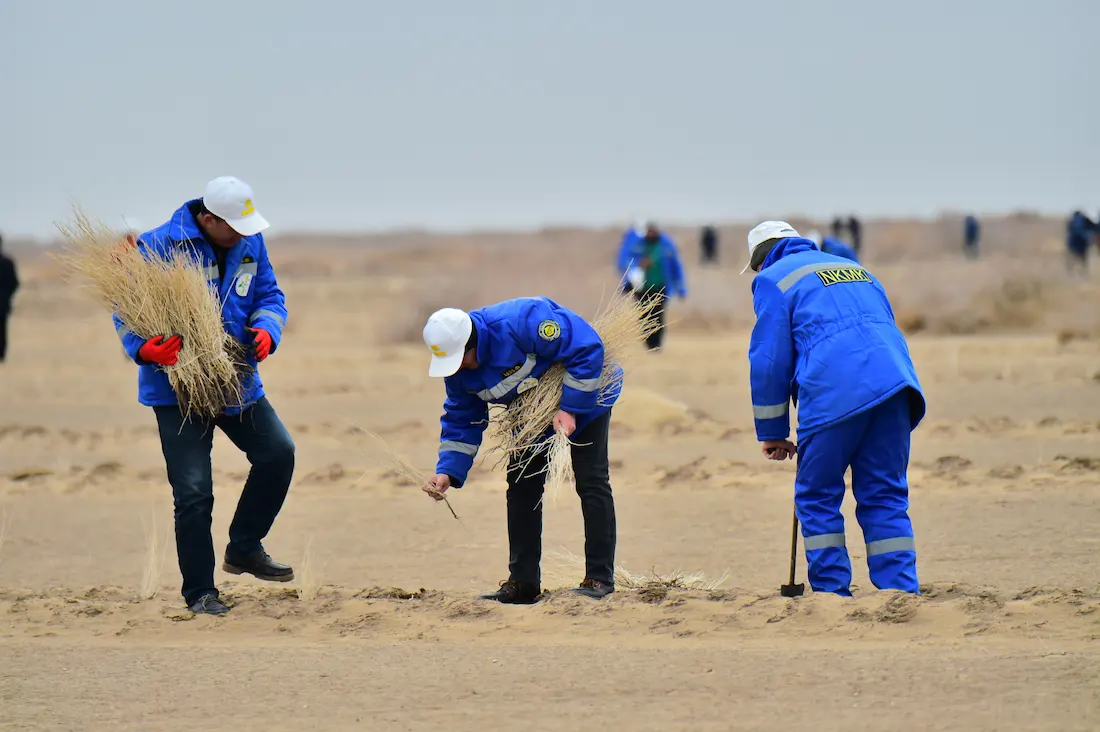
Environmental Projects
Ensuring environmental safety across our operations is one of the NMMC’s top priorities
The Company’s broad program for preserving and improving the environment in the areas where we operate includes several key facets:
Optimization of water use
Reduction of greenhouse gas emissions
Increasing the share of alternative energy used
Ensuring proper waste management
Maintaining biodiversity in the operating regions
NMMC’s sustainable development strategy calls for using the latest technology to enable reasonable and efficient management and conservation of water resources. This includes the modernization of production processes and recycling water supply.

Specifically, the Company endeavors to:
- Reuse water in technological processes;
- Use recycled water supplies;
- Utilize water from mine shafts and ground water;
- Introducing a drip irrigation system for watering greenery at processing plants and mine sites;
- Optimizing the operations and maintenance of processing equipment.
A program through the year 2030 for the rational use and conservation of water resources provides for an increase in the share of recycled and reused water in the amount of 36 million m3, saving US$13.942 million in costs.
The Company has embedded principles to promote urgent measures to combat climate change in its long-term development strategy. NMMC monitors the volume of scope 1 greenhouse gas emissions and identifies and quantifies the sources of pollution.
NMMC’s priorities include lowering greenhouse gas emissions by improving energy efficiency and reducing energy consumption.
By 2024, photovoltaic installations with a total generating capacity of 7,200 kW have been commissioned at the company’s production facilities, which makes it possible to generate 12.3 million kWh of electricity per year. This will enable the Company to cover the electricity demand of all of its administrative buildings with solar power.

Heat energy generation is also a focus of the Company’s solar facilities. Currently, NMMC operates 4,493 solar collectors with a total capacity of 7,000 Kcal per year, which provides annual savings of up to 15.8 million kWh in electrical equivalent. This makes it possible to cover NMMC’s hot water needs from 100% renewable energy sources during the extended summer season (April-October).

Waste management at NMMC’s operations is carried out in accordance with the requirements of national legislation. The Company’s waste management systems comply with the waste generation and disposal limits approved by the Ministry of Natural Resources. Each NMMC subsidiary has waste generation and disposal limits agreed with a state expert panel.
Waste from the Company’s operating units is divided into five hazard classes. Each subsidiary has organized a separate collection of scrap metal, plastic, waste oil, car tires, paper products, batteries, and luminescent and mercury lamps. Some waste is transferred on a contractual basis to third-party organizations for disposal, neutralization or burial.
Tailings Management
NMMC has eight tailings storage facilities. Because tailings ponds are a particular source of potential environment hazard, they are under strict regulatory monitoring by several authorized state agencies, including inspection by the State Committees for Industrial Safety and Environmental Protection, the Emergencies Ministry, and others.
The Company is currently implementing a major investment project entitled "Expansion and reconstruction of the tailings facility at HMP-2 for joint storage of tailings slurry from HMP-2 and HMP-7 for the period 2024-2032″, at a total cost of US$ 134.38 million. The project will ensure the safe and stable storage of up to 65 million tons of waste from the HMP-2 and HMP-7 processing plants through the year 2032.
The Yashil Makon ("Green Nation") project is a state program designed to preserve biodiversity and restore land in Uzbekistan. NMMC is an active participant in the project and has developed an action plan for planting trees and shrub seedlings as part of the Dolzarb 40 Days initiative. In 2023, more than 430 thousand fruit and ornamental trees and shrubs were planted by NMMC together with local municipal governments (khokimiyats) and citizen groups (makhallas). The effort was centered around areas near production facilities (mines, processing plants) and in nearby settlements. The Company and its partners employ a drip irrigation system for these areas, apply any necessary agro-technical measures, and continue to monitor the seedlings’ survival rate. Fencing has also been installed to protect the vegetation.

